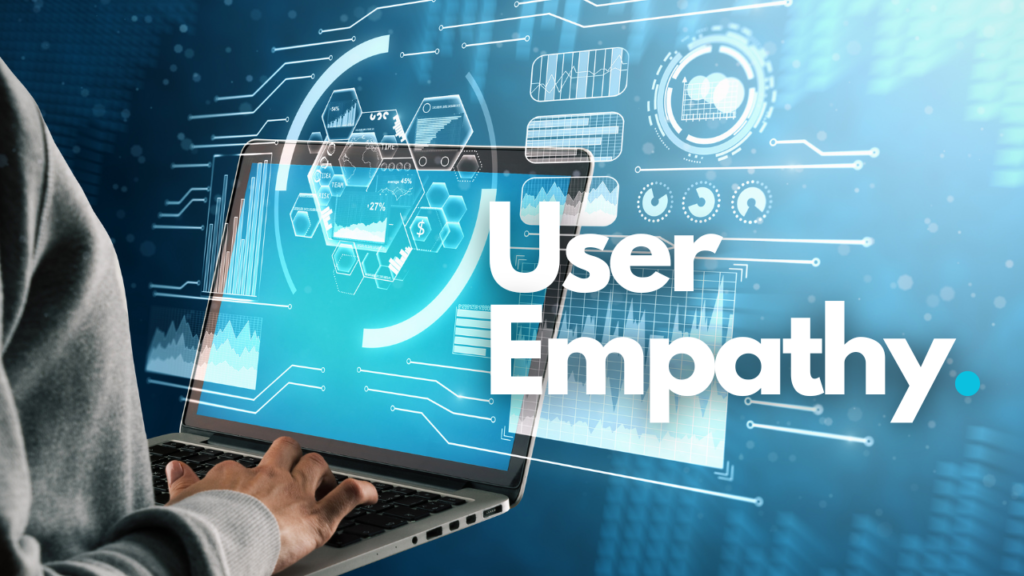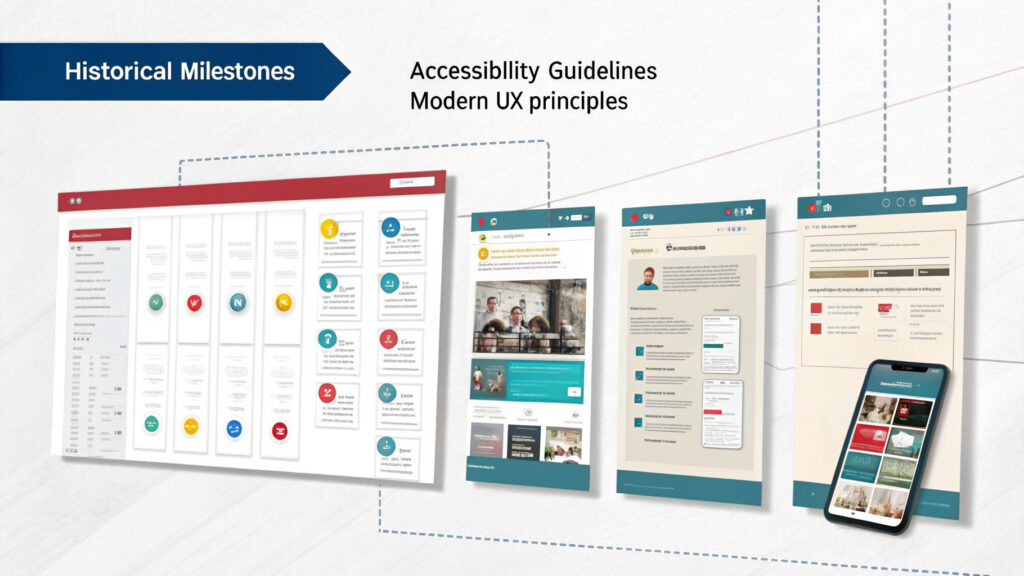
User Empathy – another one of those hot buzzwords in the professional UX community. It’s like we’ve got a bucket full of them that we blindly pull out and throw around in conversations. What’s next, “synergy”? Or, maybe “paradigm shifts”? That’s always been my favorite. Ok., ok, ok. Let’s talk about why User Empathy isn’t just another overhyped phrase, but rather, a cornerstone concept in creating top-tier user experiences.
Let’s start with the basics. What is User Empathy anyway? It’s the practice of understanding a user’s needs, problems, and perspectives when using a product. It’s about seeing the world through their eyes. But, unlike a psychic, we’re not trying to guess their next move or favorite color. We’re not even trying to figure out if they like pineapple on their pizza (honestly, who does?). We’re trying to understand their user journey.
Okay, now that we’ve got that out of the way, why is User Empathy important? Well, for starters, the world doesn’t revolve around you or your preferences. Shocking, right? I know it’s hard to digest, but it’s the truth. Your users are not you. They have different needs, different strategies, and different contexts. User empathy allows us to design for those differences and not just for our own whims and fancies.
Now, let’s say you’re one of those people who believe “designing for everyone” is the way to go. I hate to break it to you, but that’s just about as effective as throwing spaghetti at the wall and seeing what sticks. It’s a waste of pasta and a pretty poor strategy.
User Empathy implores us to be specific, targeted, and intentional with our design. It’s about creating a product that not only works but also resonates with the people who use it. But hey, if you’d rather keep designing for hypothetical personas like “Jane the stay-at-home mom who loves organic food and yoga,” more power to you.
We’ve talked about what User Empathy is and why it’s important. So, how do we cultivate it? It’s not like we can just wave a magical wand and suddenly become empathetic. If only it were that easy! No, it requires patience, practice, and lots of user research.
Conduct interviews, observe user behavior, and create user personas, and journey maps. Dive into the data and then dive in some more. It will be exhausting, at times frustrating, but ultimately, enlightening. And this isn’t a one-and-done process. It’s an ongoing effort. User needs change, and so should our understanding of them.
User Empathy isn’t just another buzzword. It’s not a fad that will fade away with time. It’s a critical aspect of designing meaningful user experiences. It’s about understanding, respecting, and catering to the user’s needs.
So, the next time someone tries to downplay the importance of User Empathy, serve them some spaghetti. If they don’t get the hint.., throw it at ’em. And remember, the UX community isn’t just a bunch of psychics trying to predict the lottery numbers. We’re serious professionals trying to make the user’s journey better and their lives easier, one empathetic design at a time.
So, embrace User Empathy, folks. It’s here to stay. It’s not just a buzzword. It’s the future of UX design. Now if only we could agree on the whole pineapple pizza thing.


